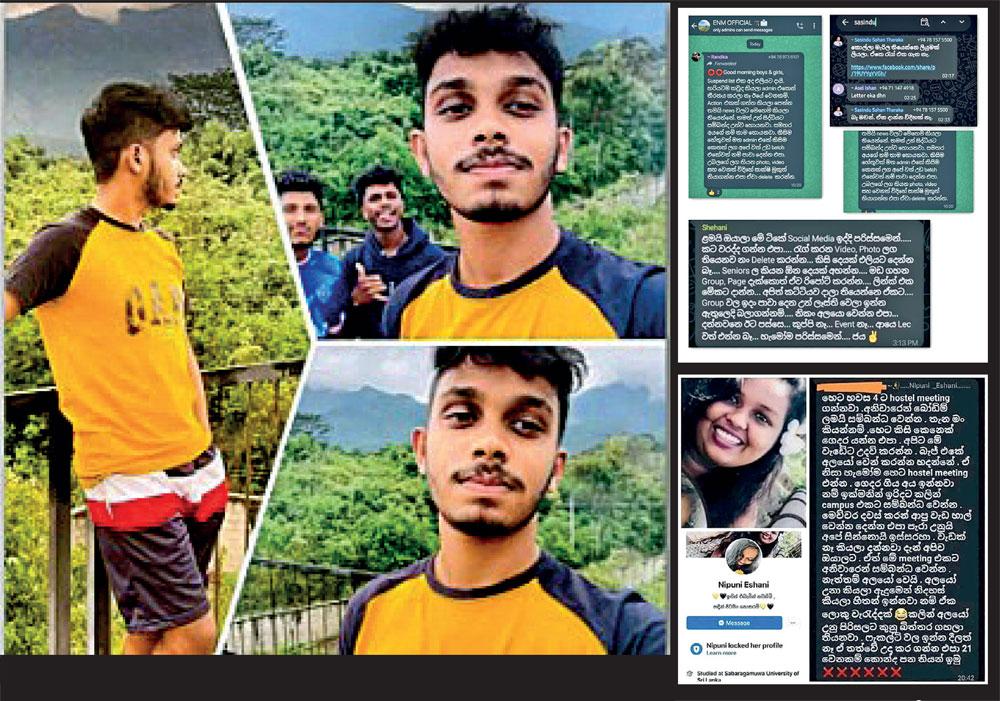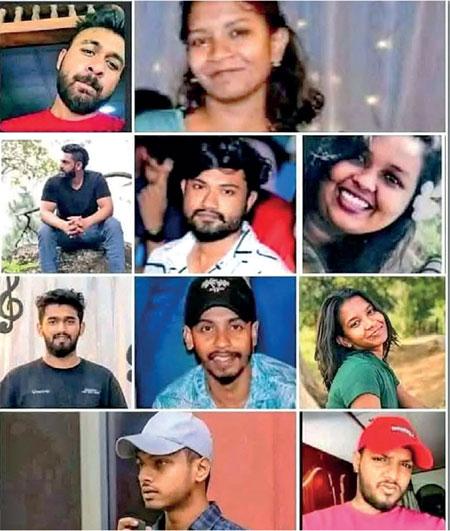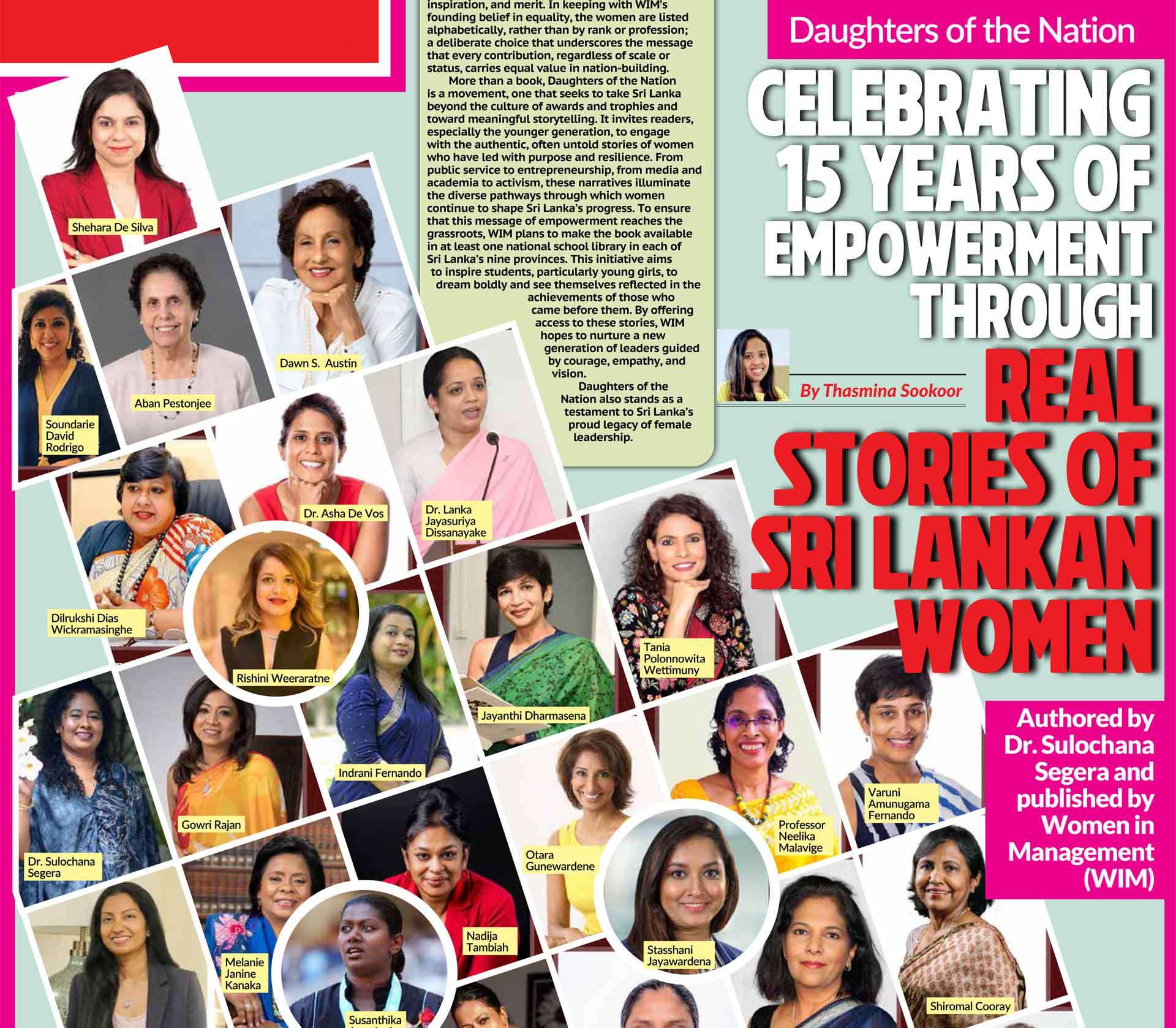
Charith Dilshan.
A name that has flooded newsfeeds, headlines, LinkedIn posts, and whispers across university halls. Another life lost a system that nurtures cruelty and calls it tradition.
Charith, a 23-year-old from Ihalagama, Gampola, was not just another face in the crowd. A former student of Gampola Buddhist College and Peradeniya Central College, he had earned his place at the Faculty of Technology, Sabaragamuwa University. Dilshan dreamt of an IT career and had already launched a small venture of his own: Charith Graphics. He would create designs, edit videos, and take on freelance work, sometimes even promising to complete videos for his loved ones during university breaks. One such promise now remains unfulfilled.
Inside his room, a sticker titled “Charith Graphics” still clings to the wall, a silent remnant of a future that never arrived.
Several days before his death, he had called a family member and discussed video edits he wanted to do. There were no obvious signs of despair, they say. “He coordinated lessons for his batch. He had a good rapport with staff. He wasn’t isolated. The story of him being depressed is not something we can accept,” said a relative who wished to remain anonymous. But after his passing, a note began circulating, one that claimed he had been suffering from depression. The family believes otherwise. They believe he was a victim of something far more sinister.
Ragging.
For the society, another student has died. Another mother is broken. Another university will release a statement. And we? We will move on.
Or, should we?
 The Torture Behind the Word ‘Ragging’
The Torture Behind the Word ‘Ragging’
First, let’s call this what it was: a murder.
Charith didn’t simply "pass away" or "take his own life." He was pushed to the edge by orchestrated brutality passed off as ragging.
The university perpetrators call men who can’t take abuse as “ponnaya”, a derogatory Sinhala term used to emasculate. The logic? That real men must endure humiliation and abuse as part of campus life. But let’s strip that facade and expose the rot.
According to family and witnesses, Charith was beaten, humiliated, and stripped, both physically and emotionally, over a period that stretched well beyond a single night.
On the night of April 27th, the supposed trigger was as ridiculous as it was tragic: wearing shorts and entering a washroom. Yes, that was enough to incite a calculated, inhumane series of actions by a group of third-year seniors who believed they had the right to “discipline” a fellow student.
They confined him to a room. They stripped him. Physically assaulted him. Forced him to wear just his underwear, ‘weaponizing a basic garment into a symbol of dehumanization.’ And then they paraded him in front of other students, including females, forcing him to hop like a rabbit around the university premises. His dignity was systematically peeled away, layer by layer, until only despair remained.
But it didn’t stop there.
Charith was made to sit on a table placed on a chair, an absurd and cruel staging of his degradation. He clutched a concrete slab, visibly sobbing. No one helped. Because in this environment, cruelty was normalized. Sadism was accepted. Compassion was considered weakness.
And then came the final blow: a self-styled enforcer, a senior from Madawachiya, slammed Charith’s head against a wall while unleashing a barrage of obscenities. Pins, reportedly belonging to his mother, were used to jab him. His body was shoved into a cupboard filled with iron rods. His spirit was already dead by the time he walked home the next day, a ghost dragging the weight of unspeakable trauma behind him.
On the morning of April 29th, Charith took his own life.
But the truth is, he didn’t hang himself. Society did. The university did. The state did.
The Criminals Named Are Still Walking Free
We have the names. We have the evidence. Eyewitness accounts. Photos. Documentation.
Lasith Praveen Liyanarachchi of Horana, and Prabash Sendanayake from Madawachchiya – the two ringleaders of the brutal ragging assaults at Sabaragamuwa University. Charith’s blood was on their hands. Prabash slammed his head into a wall. Lasith orchestrated the violence.
They act like campus warlords, running extortion rings, spreading fear, collecting money through threats. Students are warned not to comply.
Their accomplices include Yasindu Lakmal Wickramasingha, Thulana Sachith, Nipuni Eshani, and Dulmi Nethmini, the latter notorious for leading attacks, including reported sexual harassment against fellow students, both male and female.
The list doesn’t end there. There are more; Hasitha Nirmala, Randika, Shehani, Sasindu Sahan Tharaka, Asel Ishan, Janith Iddamalgoda, students who believe that getting into a state university means surrendering your dignity and obeying the will of thugs. Yenara Sandinika, and countless others, continue to enable this toxic culture of fear, control, and violence.
Their faces are online. Their crimes are known. And yet, they remain free. Not in hiding, but in plain sight, intimidating anyone who dares to speak.
Where is justice? Why do these abusers still own the hallways they’ve bloodied?
The Pattern of ‘Abuse’
Charith’s case is not an anomaly. It’s part of a documented pattern of violence.
In December 2023, 15 students at Jayewardenepura had their heads shaved with the same razor. In January 2025, six students from Sabaragamuwa were arrested for tormenting a female student, only to be released on bail days later.
In January 2025, six male students from Sabaragamuwa University were arrested for tormenting a female student. She dared to call the anti-ragging hotline. And while the police showed up, a miracle in itself, the perpetrators were released on bail within days.
In the last year alone, 36 ragging incidents were officially reported across state universities in Sri Lanka. That’s three per month and those are just the ones that made it to a hotline or police station. Think of how many students stayed silent out of fear. How many more are dying in spirit every day?
Why do we continue to call this “ragging”? This is not a rite of passage. This is organized abuse masquerading as tradition, backed by fear, apathy, and in some cases, political protection.
Political Complicity and Activist Silencing
Anti-ragging activists, many survivors themselves, are being threatened, stalked, and silenced. A female activist, a graduate from a Sri Lankan state university, confirmed complaints are ignored because of political pressure. Some of the perpetrators have ties to the JVP and Peratugami. Eyewitnesses even heard politicians actively discouraging anti-ragging measures. Police have been reported posing as parents to intimidate those who speak up.
The NPP Manifesto clearly states in Page 18— to be against ragging. But this silence is demeaning. Does it mean they are part of the problem? Where’s the accountability?
Arrests Are Just the Beginning, Action Must Continue
The Vice Chancellor of Sabaragamuwa University, Prof. Sunil Shantha, says the university received no formal complaints. He says Charith was part of an online course and wasn’t supposed to be in the hostel.
If you think that clears the system of responsibility, you’re wrong. Rules on paper don’t matter when students are being ‘ragged’ into silence.
Now, they’ve got multiple investigations on their hands. A three-member committee chaired by Senior Prof. A.A.Y. Amarasinghe is digging into the case alongside the CID, which took over after Charith’s friend lodged a complaint with police on May 1. Ten students are in custody. Four were arrested by the CID on May 4 and remanded until May 16. The next day, six more arrests followed. On May 5, four others surrendered. Meanwhile, 20 students came forward to say they too had been ragged.
This isn't an isolated tragedy. It’s a systemic failure.
You may hear that 52 students were suspended for ragging in the past. That counselling is available through Sithsarana. That first-year students are being protected. But students are still being harassed. Still being humiliated. Still too scared to file complaints. They’re turning to Reddit, not grievance desks. What does that tell you?
It tells you they don’t trust the system. And with good reason. The Prohibition of Ragging Act No. 20 of 1998 allows for up to 10 years of prison and arrest without a warrant. Yet you rarely see these consequences applied. Raggers are often allowed back. Victims face retaliation. You let the cycle repeat itself.
An anonymous student said it best: “Even reporting it makes things worse.” That’s not just fear, it’s a direct consequence of inaction.
If you belong to a student union or governing body, you need to be more than performative. The Inter-University Students Federation (IUSF) says they don’t condone ragging. That’s a bare minimum. IUSF Convener Madushan Chandrajith says they want accountability. So should you. You should be transforming the culture that enables this abuse, not just reacting when someone dies.
Organizations like LEADS are calling this a turning point. You should be too. As Monroe Jayasuriya, CEO of LEADS, said: “Charith’s death must not become just another statistic.”
Because what happened to Charith didn’t start in headlines or police reports. It started quietly, behind closed doors; in hostels, lecture halls, chat groups, where fear thrives, and silence is mistaken for consent. That’s where the real damage begins. Where jokes become humiliation. Where seniors become tormentors. Where institutions look away.
If you have the power to speak, to intervene, to protect, then the time to do it is not later, it’s already late. Your inaction costs lives. Your courage can save them.
Let this not be the story we repeat next year. Let this be the story that finally ends it.











